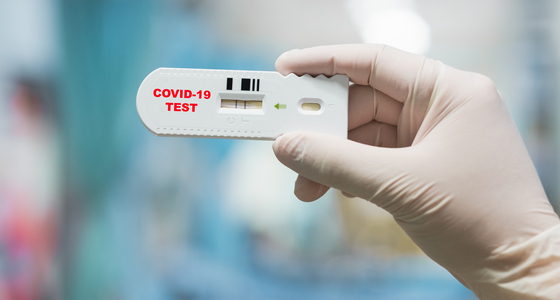The COVID-19 pandemic has dramatically changed the way we live our lives, including the way we attend school.
With the rollout of vaccines, many schools have started to reopen for in-person classes, but concerns remain about the potential for increased COVID-19 transmission. In this article, we will examine the latest research on whether in-person classes drive COVID-19 spread.
A recent study published in the Journal of School Health found that in-person classes do not appear to be a significant driver of COVID-19 spread. The study analyzed data from over 4,500 schools across the United States and found that schools that reopened for in-person classes did not experience higher rates of COVID-19 transmission compared to schools that remained closed.
The study’s authors noted that schools that implemented mitigation measures such as mask-wearing, social distancing, and improved ventilation had even lower rates of COVID-19 transmission. This finding suggests that schools can safely reopen for in-person classes as long as appropriate mitigation measures are in place.
Another study published in the Journal of the American Medical Association (JAMA) found similar results. The study analyzed data from over 11,000 schools in 10 states and found that schools that reopened for in-person classes did not experience higher rates of COVID-19 transmission compared to schools that remained closed.
The JAMA study also found that schools that implemented mitigation measures had lower rates of COVID-19 transmission. Specifically, the study found that schools that required masks had a 37% lower incidence of COVID-19 compared to schools that did not require masks.
A study published in the Lancet Child & Adolescent Health also examined the impact of in-person classes on COVID-19 transmission. The study analyzed data from over 4,000 schools across the United States and found that schools that reopened for in-person classes did not experience higher rates of COVID-19 transmission compared to schools that remained closed.
The study’s authors noted that schools that implemented mitigation measures had lower rates of COVID-19 transmission. Specifically, the study found that schools that required masks had a 40% lower incidence of COVID-19 compared to schools that did not require masks.
The findings from these studies suggest that in-person classes do not drive COVID-19 spread as long as appropriate mitigation measures are in place. Mask-wearing appears to be a particularly effective measure for reducing COVID-19 transmission in schools.
It is important to note that these studies have some limitations. For example, the studies did not account for the potential impact of community transmission rates on COVID-19 transmission in schools. Additionally, the studies did not examine the potential impact of new COVID-19 variants on transmission rates in schools.
Despite these limitations, the findings from these studies are encouraging for schools looking to reopen for in-person classes. The studies suggest that schools can safely reopen as long as appropriate mitigation measures are in place.
It is important to note that the effectiveness of mitigation measures may vary depending on the specific circumstances of each school. For example, a school with poor ventilation may need to take additional mitigation measures to reduce COVID-19 transmission.
In addition to implementing mitigation measures, schools should also have a plan in place to respond to positive COVID-19 cases. This plan should include protocols for contact tracing, testing, and isolation/quarantine.
In conclusion, the latest research suggests that in-person classes do not drive COVID-19 spread as long as appropriate mitigation measures are in place. Schools can safely reopen for in-person classes as long as they implement mitigation measures such as mask-wearing, social distancing, and improved ventilation. It is important for schools to have a plan in place to respond to positive COVID-19 cases and to continually evaluate the effectiveness of their mitigation measures.



